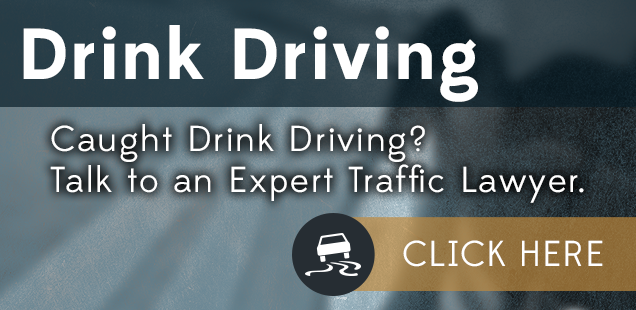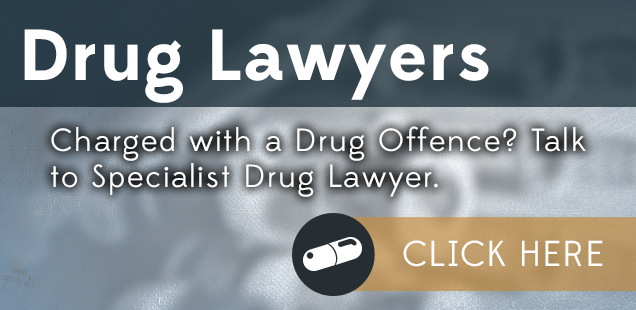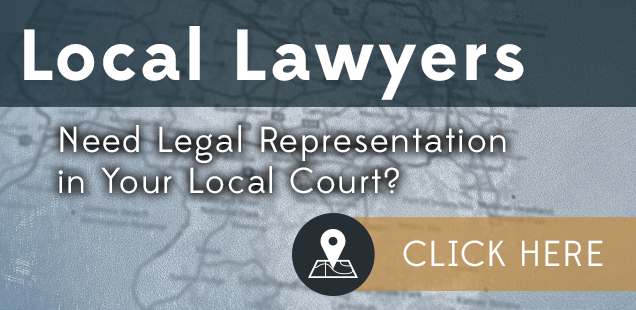The offence of drug driving, unlike drink driving, does not require you to have a certain level of drugs in your system at the time of driving – any amount is enough.
This means that even drugs taken days ago, which no longer have any effect on your driving ability, could still see you being sent to court and facing a criminal record, as well as a fine and licence disqualification.
The situation has led many to form the view that drug driving charges are more about revenue raising and control than public safety.
The unfairness is compounded by misinformation about how long drugs stay in a person’s system after consumption – much of which is disseminated by irresponsible police officers and government agencies.
One NSW Magistrate recently slammed police for advising drivers that cannabis can only be detected by a roadside ‘lick test’ for up to 12 hours after consumption.
Local Court Magistrate David Heilpern says this is far from true, citing the fact that dozens of defendants who come before his court say they did not take drugs for several days before driving and, perhaps even more tellingly, police prosecutors have not offered any evidence that cannabis can only be detected in saliva for up to 12 hours.
Magistrate Heilpern said “It could be that every single one of those defendants are lying to the police. However, on balance, I find that this is unlikely.”
His Honour points out that legislation relating to drug driving was never intended to target people who were no longer affected at the time of driving.
Accordingly, many of those who end up before Magistrate Heilpern for drug driving charges do not receive criminal convictions.
In one case, a man who testified that he had not consumed cannabis for nine days before driving was found not guilty on the basis that he had an honest and reasonable belief that he did not have drugs in his system at the time of driving.
That man gave evidence that police had advised him that cannabis is only detectable by a lick test for up to 12 hours.
Government website
Despite the absence of any evidence that cannabis is only detectable by a lick test for up to 12 hours, the NSW Road Safety government website still states:
“Illegal drugs can be detected in your saliva by an MDT for a significant time after drug use, even if you feel you are OK to drive. The length of time that illegal drugs can be detected by MDT depends on the amount taken, frequency of use of the drug, and other factors that vary between individuals. Cannabis can typically be detected in saliva by an MDT test stick for up to 12 hours after use. Stimulants (speed, ice and pills) can typically be detected for one to two days.”
Information such as this can be used to beat drug driving charges, in cases where a driver had an honest and reasonable belief – based upon such official information – that drugs would no longer be in his or her system at the time of driving.
Penalties
Section 111 of the Road Transport Act 2013 NSW makes it an offence to drive a motor vehicle – or attempt to do so, or supervise a learner driver – “while there is present in the person’s oral fluid, blood or urine any prescribed illicit drug”.
A conviction for a first offence comes with a criminal record, as well as an ‘automatic’ period of disqualification from driving of 6 months and a maximum fine of $1,100. However, the automatic period can be reduced to 3 months if there are good reasons to do so, or even waived altogether if the magistrate is persuaded to grant a ‘section 10 dismissal or conditional release order’; which means guilty but no criminal conviction.
For a second or more ‘major traffic offence’ within five years, the automatic disqualification jumps to 12 months, which can be reduced to 6 months if there are good reasons for doing so. The maximum fine increases to $2,200.
The reasoning behind drug driving laws
Public safety is often cited as the reason behind drug driving laws – but many have expressed the view that if that were the case, minimum concentration levels would be prescribed – like the low, mid and high range prescribed concentrations for drink driving charges – rather than charging people for minute quantities which cannot affect driving ability.
Such a regime, it is argued, would represent a fairer system – punishing those with very high concentrations – rather than putting everyone on the same boat.
But rather than adopt an ‘evidence based’ approach, Minister for Roads Duncan Gay recently indicated that NSW would be targeting all so-called ‘drug drivers’:
“The simple message every driver needs to hear from this campaign is that if you take drugs and drive, the boys in blue are going to catch you… We’re throwing millions at enforcement, dedicated drug testing vehicles and campaigns from our Community Road Safety Fund to eradicate and anti-socialise drug driving.”
While it is claimed that illicit drug use is a major factor in road accidents, current legislation does not differentiate between drivers with a level of drugs in their system capable of affecting driving ability, and those who are found with miniscule amounts long after the effects have worn off.
It is hoped that the government will ultimately see sense and formulate a fairer approach which prescribes minimum levels, like in the United Kingdom and other countries, thereby promoting road safety rather than unfairly sending large numbers of people to court.












This article is wrong. When the police do test it is to detect metabolites, a marker left behind when body has processed the active ingredient. It does not detect presence of cannabinoids. Which is why it should be tested in higher courts. It doesn’t measure impairment & indicates a marker long after effects of drug has passed.
Having worked in the mining industry, which uses the same saliva tests as the Police, we were taught, trusted and tested on the fact that cannabis can be detected for up to a week in casual users, and longer in regular users. Other drugs had varying detection times.
The misleading activities of the Police is a tactic to. Try and have people admits to drug use, thus supposed strengthening the Police case.
Until there is a recognised and proven test to show impairment, any test for cannabis is unfair and unjust. I would hope that Justice Heilpern and others in magistorial roles make a strong stand and refuse to prosecute, based on misleading, albeit deliberate attempts by Police to entrap their quarry.
As a regular user (medicinal), I can speak from experience that after approx 3 hours cannabis has no effect on me, but this is a personal view. As a responsible road user I also ensure I do not drive for at least 4 hours after use. In my case I usually smoke at night to help with sleep, and do not drive for 10-12 hours after use, when I know there is zero effect on my driving ability.
We can only hope that the politicians get off their butts and finalise legislation to decriminalise and permit medicinal use without the need to look over ones shoulder continually.
I was convicted on two count of drug driving, whilst I was affected by drugs, I plead guilty, completed MERIT, co-operated with police, was only driving 20km/h and magistrate Liz Corbett gave me more than the maximum (12 month suspended sentence) and wait 5 year driving ban. I was an electrician and the actions of this magistrate have had some of the worst consequence on my life. this happened in 2011 and 2012 and I don’t get my licence back for 18 months. I know am clean but have doubts about Justice in this tyranny called NSW. I did not know that I got more than the maximum and dodgy solicitor Luke Jerome Adamson told me I could get worse. so I missed the appeal period. This bastard has taken 5 years off my life unable to barely earn a living gone from 80K a year down to 35K. I cannot stand the police propaganda machine spitting out all their mistruths. Roadside drug testing in my eyes is an illegal checkpoint and illegal detention. Feel free to contact me as I want to take civil action against Adamson at the very least. I’m a good person who made a few bad decisions and I don’t deserve to lose my licence for longer than drug drivers convicted of killing someone or driving a 40T b-double high on crystal meth.
Evan Thomas,
I know I’m responding a bit late, but did you get your life back on track, mate? I looked up your solicitor and it looks like he’s lost his licence in the end, but he’s also a regional manager for Anglicare in Orange, they take care of kids that don’t live with their families.
I love cops have all respect for them growing up i noticed i was a far better driver allround smoking marijuana self medicating at certain times its treated me for severe anxiety and narcolepsy i felt in the past for a better future rather then not and not i mean the things iv done whilst being without marijuana when i was young and up until not long ago there bad choices ill be honest im not proud of them lives matter and we should do what we can to protect them iv had the far rough end of ya bat even had to go to prison been crushed abit in the shoulders back and sternum by a big coppa but still love yas and would never seek anything against him im just a lover that can fight iv got ya back and mine and everyone around me.